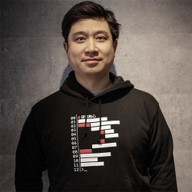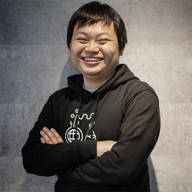Subtasks and Dependencies
2.4 Subtasks and Dependencies
Complex work often needs to be broken down. In ACTIONBRIDGE, you can structure tasks using subtasks and define dependencies to control the flow of execution. This helps teams plan, track, and deliver with clarity and coordination.
Creating a Subtask
- Open the parent task and go to the Subtasks section.
- Click Add Subtask and fill in the required fields (title, due date, etc.).
- Subtasks inherit some attributes from the parent task but are tracked independently.
- They appear nested under the parent task in the list or board view.
Managing Subtasks
- You can assign different team members to each subtask.
- Each subtask has its own status, deadline, priority, and comment thread.
- Completing all subtasks does not automatically complete the parent — this must be done manually.
Setting Task Dependencies
- To create a dependency, open a task and select another task as its predecessor.
- Dependencies define which tasks must be completed before others can begin.
- Tasks with unmet dependencies are visually marked in Gantt view or task lists.
Tips
- Use subtasks for breaking work into steps; use dependencies for defining task order.
- In Gantt view, dependencies are shown as arrows between task bars.
- You can’t mark a task “Done” until all required predecessors are completed (if strict mode is enabled).
With subtasks and dependencies, ACTIONBRIDGE gives your team the structure it needs — without sacrificing flexibility or speed.

Sho Shimoda
I spend as much time simplifying as I do coding—because making things easy is part of the product. I build systems that work beautifully and explain themselves.Category
Tags
Search History
Authors

Sho Shimoda
I spend as much time simplifying as I do coding—because making things easy is part of the product. I build systems that work beautifully and explain themselves.

Koki Nin
I focus on turning ideas into working code—refining architecture, fixing what’s broken, and improving what works. Sometimes the best “bug” becomes a feature.

Yasushi Motoki
I lead onboarding for AB, helping teams get value from day one. I focus on making a complex product feel simple, clear, and immediately useful.